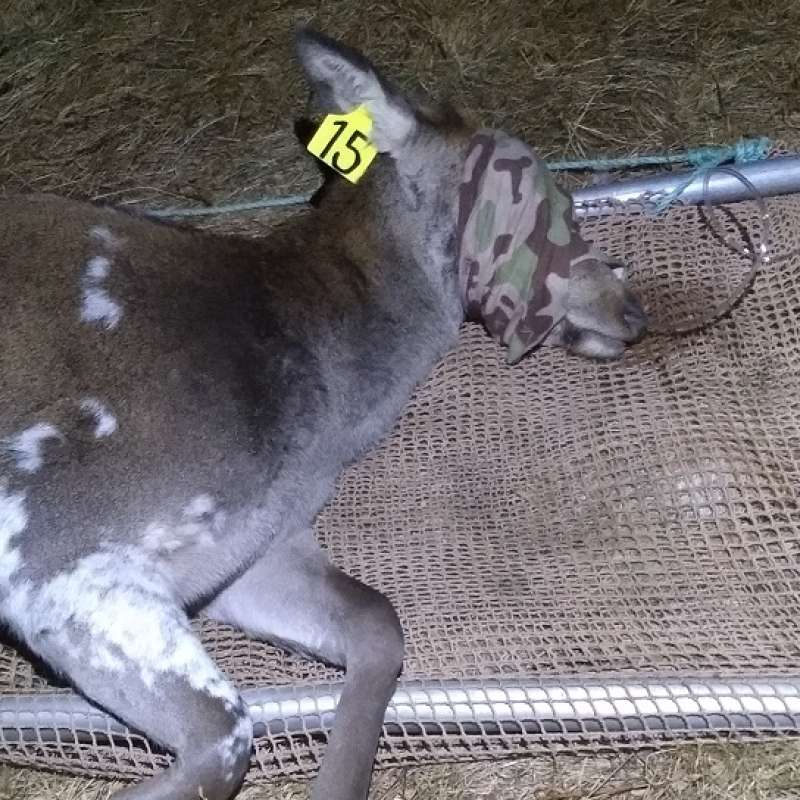Erling Meisingset
Forsker
(+47) 918 08 860
erling.meisingset@nibio.no
Sted
Tingvoll
Besøksadresse
Gunnars veg 6, 6630 Tingvoll
Til dokument
Forfattere
Atle Mysterud William Ryan Easterday Vetle Malmer Stigum Anders Aas Erling Meisingset Hildegunn ViljugreinSammendrag
Det er ikke registrert sammendrag
Til dokument
Forfattere
Even Unsgård Erling Meisingset Inger Maren Rivrud Gunn Randi Fossland Pål Thorvaldsen Vebjørn Veiberg Atle MysterudSammendrag
Det er ikke registrert sammendrag
Forfattere
Erling MeisingsetSammendrag
Det er ikke registrert sammendrag
Forfattere
Erling MeisingsetSammendrag
Det er ikke registrert sammendrag

